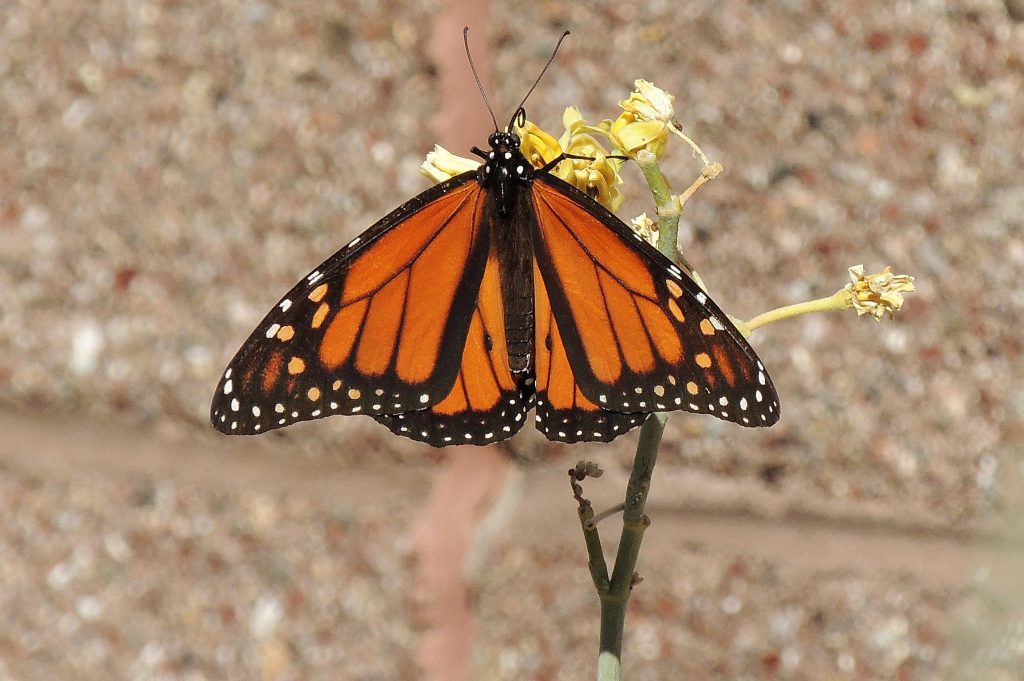Description Desert Milkweed, Asclepias subulata, has slender gray-green stems that grow vertically to 4 feet from a woody base. The plant’s spread can reach 2 feet or more. Leaves 2 inches long by 1/8-inch-wide appear on new growth but soon drop. The white milky sap that oozes from cut stems contains rubber. From spring through fall, flat-topped clusters of pale yellow flowers top each stem. The pod is ornamental too: horn-shaped and 3 inches long, it narrows from a ¾ inch diameter base to a point. The pod splits open when ripe to disperse a silvery fluff of seeds.
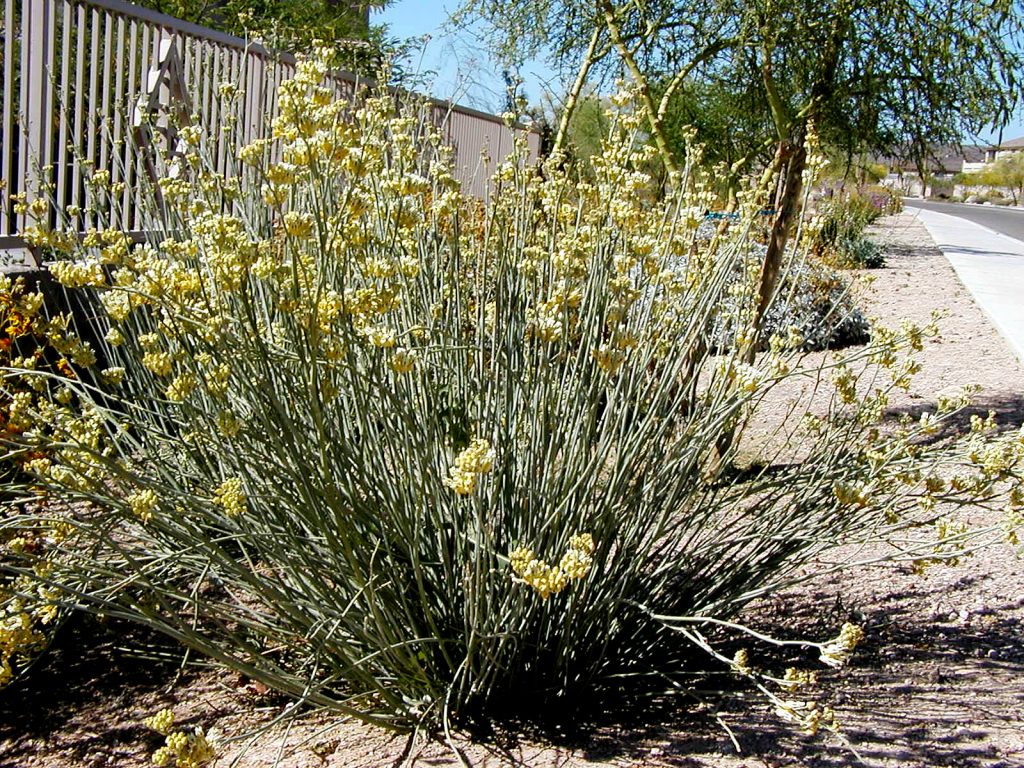
Native Distribution Desert Milkweed typically grows in sandy washes and less frequently on desert plains or rocky hillsides. It occurs in southern Nevada, western Arizona, and southeastern California, and in Baja California, Sonora, and Sinaloa, Mexico, from near sea level to 2500 feet.
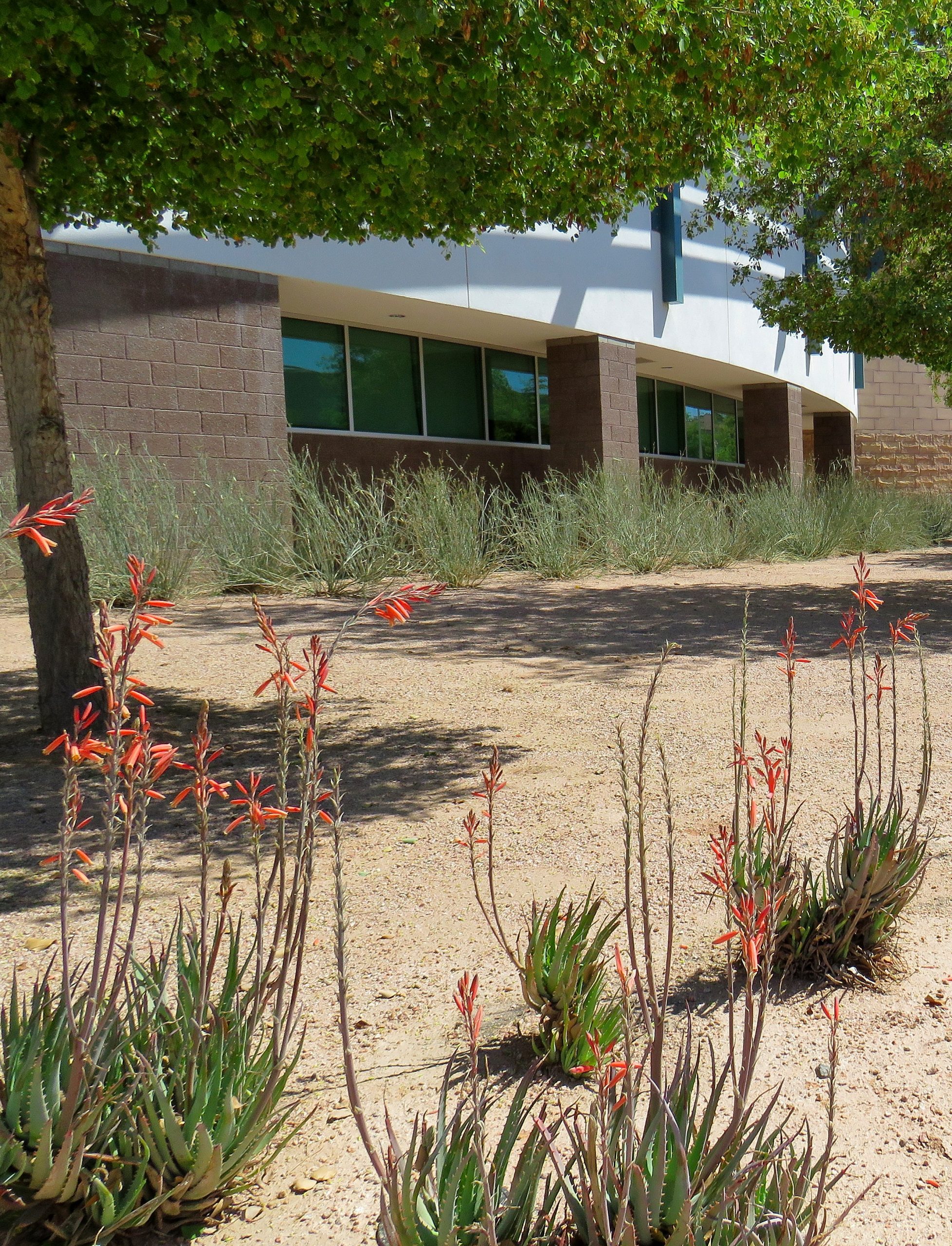
Culture Good drainage is important for Desert Milkweed, as is full sun. It is hardy to at least the low 20s F. After plants are established, they can tolerate long periods of drought. Excessive watering encourages succulent growth favored by aphids. The pests are usually seasonal and don’t seriously stunt the plants.
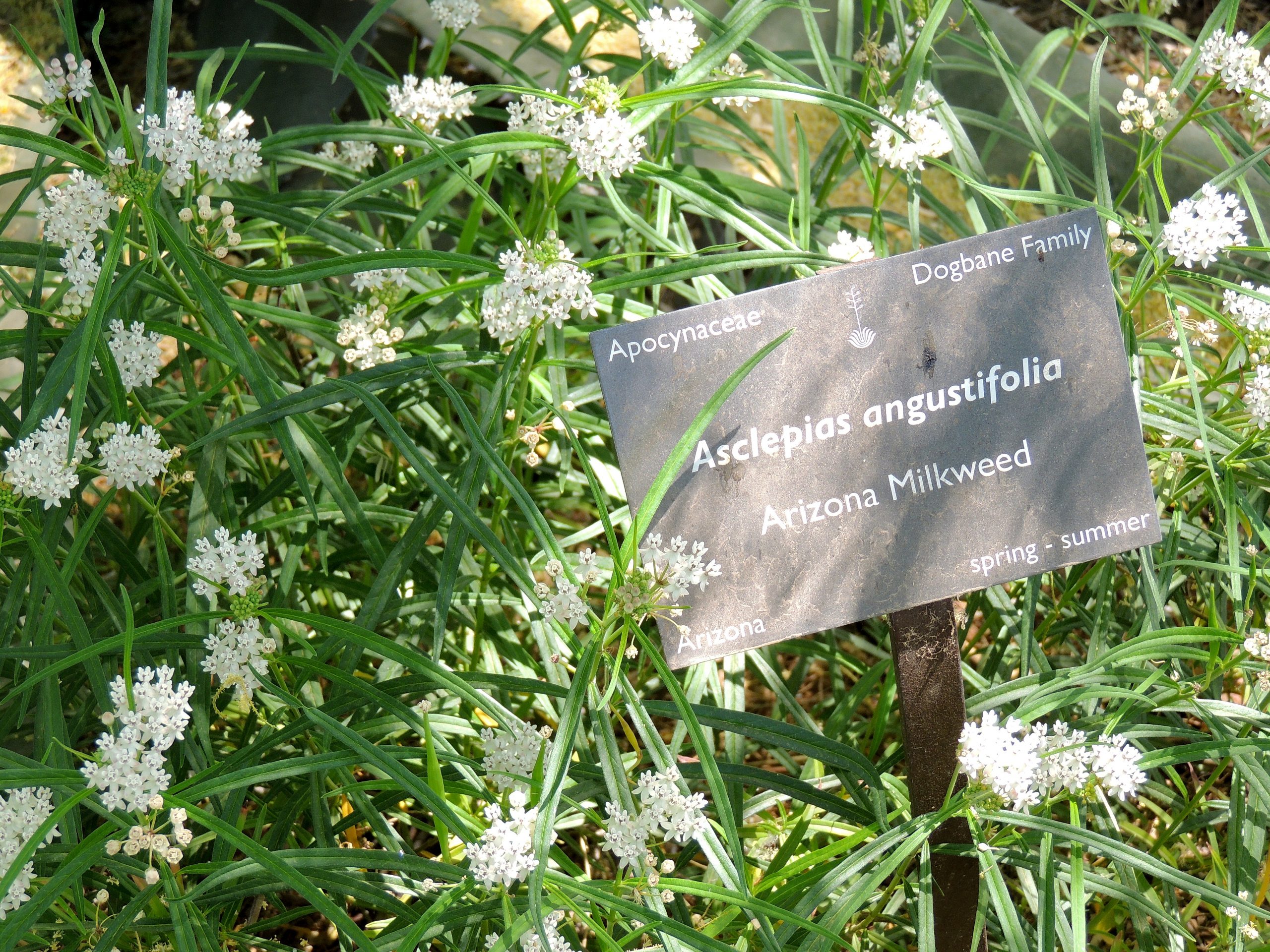
Landscape Use This plant’s form creates a strong vertical accent in the landscape. You might us it in a courtyard or near a pool. Desert Milkweed lends an authentic note to desert wash plantings, and the flowers attract butterflies.
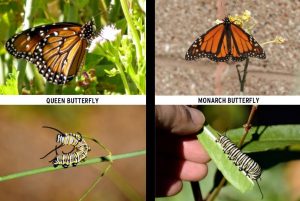
Did you know that up to 70 percent of water use is outdoors?
That’s why we love desert plants and feature them each month. You can learn more about Desert Milkweed and other plants on our Arizona Low-Water-Use Plants page. Visit our page on Choosing and Planting Low Water-Use Plants for tips on plant selection and how to plant properly. Also, be sure to read through all of our featured Plant of the Month blogs!
From time to time, Water – Use It Wisely features guest bloggers who write about topics related to water and water conservation. Judy Mielke is a horticulturist, Landscape Architect and the author of one of Water – Use It Wisely’s favorite books. You can find plant descriptions like this and many more in her book Native Plants for Southwestern Landscapes.


